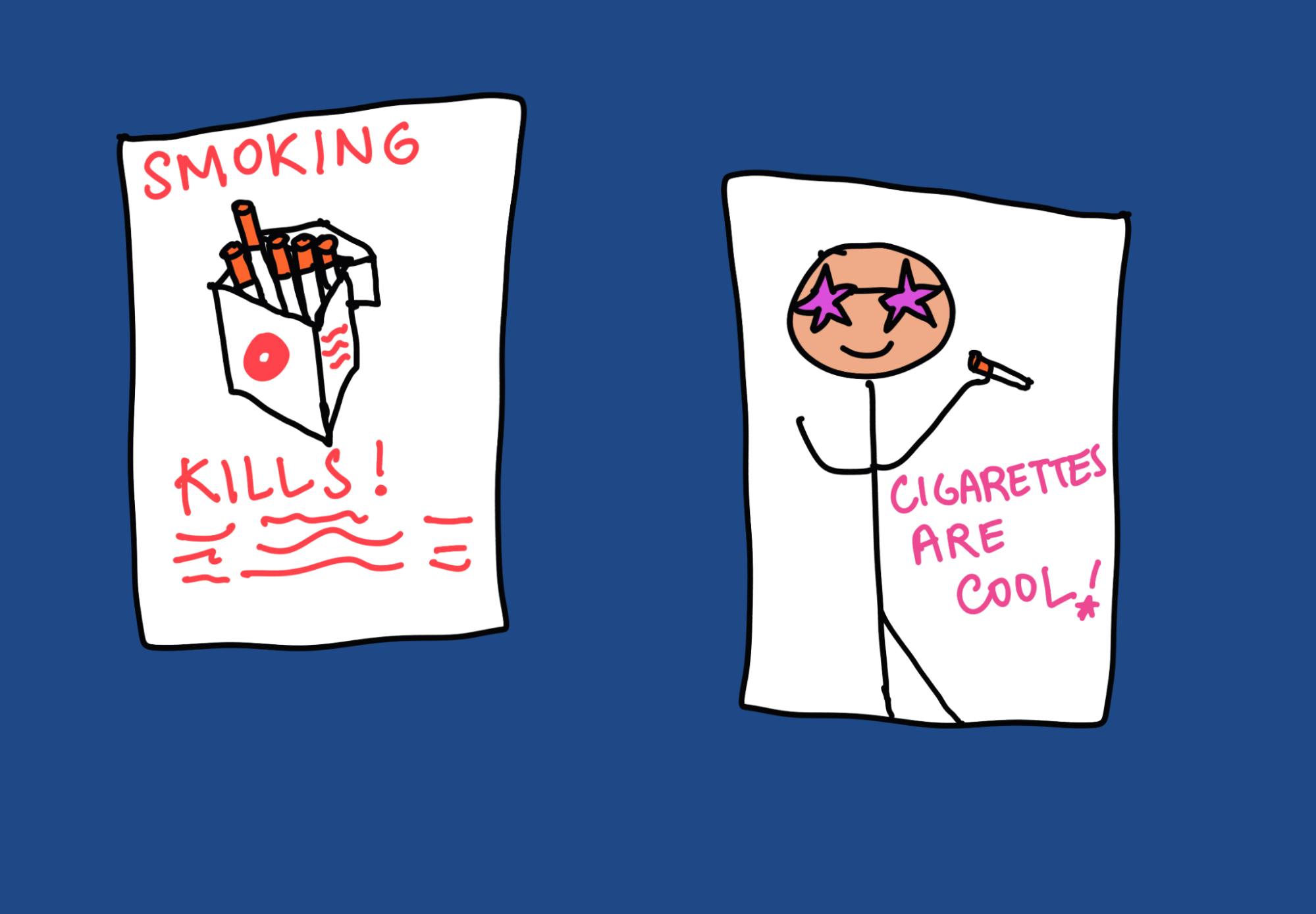Propaganda
What is Propaganda?
Propaganda is a strategic form of communication that seeks to shape public opinion, often by presenting information in a biased or misleading way to promote a particular agenda. It can be used by governments, organizations, or individuals to influence attitudes and behaviors through emotional appeals, selective messaging, and repetition. While propaganda is commonly associated with political and wartime messaging, it is also used in advertising, media, and social movements to persuade audiences.

The Basic Idea
Imagine you are watching the news when a segment about a politician running for reelection comes on TV. In the advertisement, you learn that since they have been in office, unemployment has decreased by 10%, crime has dropped 20%, and the national debt has been reduced. After hearing all these positive claims, your vote is almost swayed, but before making your decision, you decide to talk to some friends and conduct independent research.
Upon further investigation, you learn that while unemployment rates have decreased, it’s largely driven by discouraged workers in a tight and challenging market who are no longer looking for employment. Because they are not actively searching for jobs, they do not count as “unemployed.” While crime rates have gone down, it’s primarily because of policies enacted by the previous administration, which this candidate can’t take credit for. Although the national debt has been reduced, it’s because the politician cut funding for essential services like healthcare and education. You’re glad you did your research, as otherwise, you may have been influenced by propaganda.
Propaganda is a communication tactic where people share biased views or misleading information with the aim of swaying public beliefs. Although what the politician shared was not an outright lie, it didn’t tell the full story. Propaganda is used to influence people’s opinions to encourage them to behave in a certain way and make decisions that align with the person, party, or company driving the communication.1 While effective, it’s a manipulation tactic to push a particular agenda that often involves half-truths, rumors, or lies, which is why it’s important to be aware of how these messages might influence you.2
Propaganda, misinformation, and disinformation have always been part of political warfare. Social media and other new platforms have given it a new life and reach through which the fake news phenomenon can reach anywhere.
— Bilawal Bhutto Zardari, a Pakistani politician3
About the Author
Emilie Rose Jones
Emilie currently works in Marketing & Communications for a non-profit organization based in Toronto, Ontario. She completed her Masters of English Literature at UBC in 2021, where she focused on Indigenous and Canadian Literature. Emilie has a passion for writing and behavioural psychology and is always looking for opportunities to make knowledge more accessible.



















